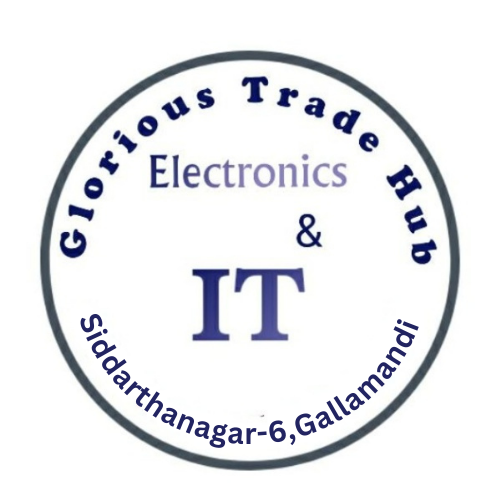Mergers and acquisitions (M&A) are a primary and highly strategic tool for companies looking to build a dominant position in the fast-growing and rapidly evolving Data as a Service (DaaS) market. A strategic analysis of Data as a Service (DaaS) Market Mergers & Acquisitions reveals a clear and consistent pattern: the acquisition of unique and proprietary datasets is the ultimate prize. The M&A activity is a strategic race to assemble the most valuable and defensible portfolio of data assets, to acquire advanced AI and analytics capabilities to enrich that data, and to gain entry into high-growth vertical markets. The "buy versus build" calculation is central to this activity, as acquiring a company with a unique, hard-to-replicate dataset is often the only viable path to entering a new market segment. The market's explosive growth and the high strategic value placed on data provide the financial justification for these deals. The Data as a Service (DaaS) Market size is projected to grow USD 75.2 Billion by 2035, exhibiting a CAGR of 17.23% during the forecast period 2025-2035. This expansion fuels a dynamic M&A landscape where established data giants and new players are constantly on the hunt for the next valuable data asset.
The most common and impactful type of M&A in the DaaS space is the acquisition of a company with a unique and defensible dataset. A large, horizontal data provider might acquire a smaller, specialized firm that has built a proprietary dataset in a high-value niche. For example, a major business information company could acquire a startup that has developed a comprehensive database of global supply chain logistics, or one that tracks the technology stacks (technographics) of millions of companies. The acquisition of ZoomInfo by DiscoverOrg was a landmark example of this, combining two powerful B2B data assets to create a dominant leader in the sales and marketing intelligence space. These deals are driven by the fundamental truth of the DaaS market: the data itself is the moat. By acquiring a unique dataset, the larger company not only gains a new revenue stream but also eliminates a potential competitor and makes its own platform more valuable and harder to replicate.
Another major driver of M&A is the acquisition of technology and talent, particularly in the realm of artificial intelligence and machine learning. A traditional data broker might acquire an AI startup that has developed novel algorithms for cleaning, structuring, and enriching unstructured data scraped from the web, or a company with a leading natural language processing (NLP) engine for extracting insights from text. This allows the acquirer to enhance the quality and value of its own core data assets and to offer new, more sophisticated data products. Looking forward, we can expect to see M&A activity focused on acquiring new types of "alternative data." This includes data from IoT sensors, satellite imagery, social media sentiment, and other non-traditional sources that can provide a unique edge, particularly for clients in the financial services industry. The race to find, acquire, and monetize these new, alternative datasets will be a major theme of M&A in the DaaS market for years to come, as companies seek to move beyond traditional data and offer more predictive and real-time insights.
Top Trending Reports -



